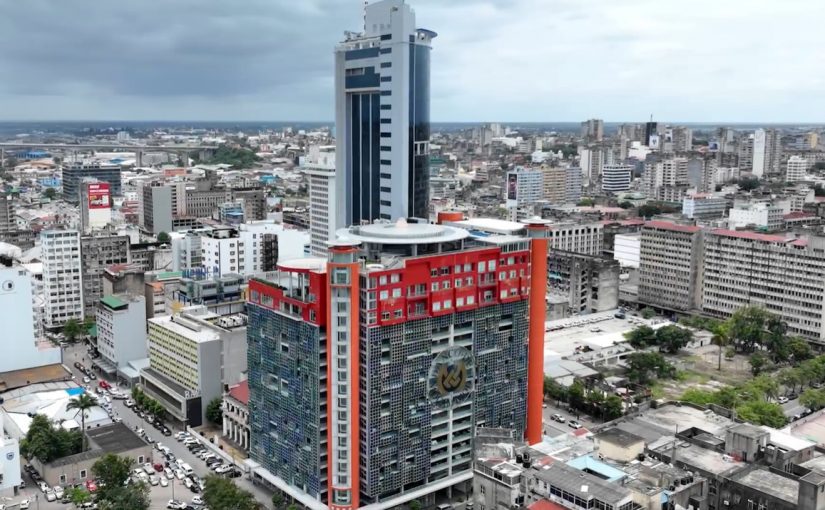Mozambique: Chapo will be visiting Luanda-Bengo SEZ to identify business opportunities in Angola
Mozambique: Mandatory reserve coefficients for banks unchanged to end-September

Screen grab: Banco de Moçambique
The Bank of Mozambique’s Monetary Policy Committee (CPMO) has decided to keep the mandatory reserve coefficients of commercial banks unchanged, at maximum values, at least until the end of September, despite appeals from the country’s business community and the International Monetary Fund.
The decision was taken at the meeting of the central bank’s committee held on Wednesday, thus maintaining the obligation for commercial banks to place 39% of their resources in national currency and 39.5% in foreign currency with the Bank of Mozambique as reserves.
The next CPMO meeting is scheduled for 30 September, according to information from the central bank, so even these coefficients will remain unchanged for at least another two months.
Lusa reported last week that the IMF is in favour of reducing the “high” reserve ratios demanded by the Bank of Mozambique from commercial banks in order to boost the economy, advising alternatives to absorb excess liquidity and the remuneration of these reserves.
“Reducing the high reserve requirements is essential to ease financial conditions,” reads the IMF’s report on the fourth evaluation of the Extended Credit Facility programme. “Although the Mozambican financial system has a structural liquidity surplus, the significant increases in reserve requirements in 2023 [from around 10% to 40%]… may have been greater than necessary to absorb excess liquidity.”
On 25 July, Mozambican businesspeople pointed to a foreign currency deficit of $400 million, which is causing delays in payments abroad, fines and shortfalls in invoicing, calling on the central bank to reduce the mandatory reserve ratio.
According to data presented at a press conference in Maputo by the Confederation of Economic Associations of Mozambique (CTA), unmet needs in imports or payments abroad “already amount to 400 million dollars [€369 million]” in 2024, due to “liquidity constraints” of foreign currency in banks.
One of the explanations put forward by the CTA is the high ratio of mandatory reserves that banks have to make, by decision of the Bank of Mozambique more than a year ago, set at 39% for foreign currency.
The CTA called for a reduction in this ratio to mitigate constraints at the CPMO meeting on 31 July.
“Yes, that’s our proposal,” the vice-president of the CTA, Zuneid Calumia, told Lusa, guaranteeing that the measure would “help free up liquidity for the market”.
“In general, the lack of foreign currency on the market has constrained the process of paying invoices abroad,” Calumia emphasised. “As a result of the difficulties that economic agents have faced in making payments abroad, there have been problems such as the discreditability of Mozambican suppliers, fines for late payments, lack of stock, delays in supplying services, delays in shipping equipment to Mozambique, a drop in production and billing, a failure in the project construction schedule, and an increase in the cost of implementation.”
The CTA detailed that the lack of liquidity in foreign currency is reflected in transactions on the interbank foreign exchange market, which has shown “a worrying trend with a sharp drop of 78.6% in the first quarter of 2024, compared to the previous year.”
According to the businessmen, from daily purchases and sales between banks of $37 million (€34.1 million), this movement currently doesn’t reach $5 million (€4.6 million), due to a lack of reserves.
The situation has already led to a 2.3% monthly drop in imports in January and February.
In the 12 months to the end of April, the volume of compulsory reserves held by Mozambican banks grew by 53.3%, an increase of 306% since the end of December 2022, when they totalled 62,144 million meticais (€900 million).












Leave a Reply
Be the First to Comment!
You must be logged in to post a comment.
You must be logged in to post a comment.